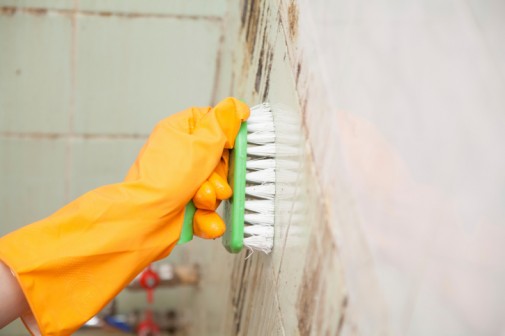Related Posts
Comments
About the Author
health enews staff is a group of experienced writers from our Advocate Health Care and Aurora Health Care sites, which also includes freelance or intern writers.

When germs invade the house, it’s common to reach for bleach-based cleaning products to help eliminate them, but experts say those chemicals can put children at risk for respiratory problems.
European researchers found in a recent study that children who live in homes where bleach was used at least once a week had higher incidents of flu and respiratory infections. They also found that airborne components of bleach and similar products may irritate the lining of children’s lungs, triggering inflammation and making it easier for infections to take hold.
And, additional studies determined that aerosol or spray household cleaners can have a detrimental effect on asthma.
Dr. Sivakami Thayu, an internist at Advocate Good Shepherd Hospital in Barrington, Ill., says it’s possible to create indoor air pollution. Exposure in the home to volatile organic compounds can greatly increase the likelihood of someone developing asthma or other allergic disorders like allergic rhinitis and eczema.
“Volatile organic compounds can be found in many common household cleaners that spray or leave residue in the air which can narrow the air passages making it difficult for a person to breathe,” Dr. Thayu says. “I recommend to my patients to use a more gentle method of cleaning that will be easier to tolerate.”
The American Academy of Allergy, Asthma & Immunology recommends the following tips:

health enews staff is a group of experienced writers from our Advocate Health Care and Aurora Health Care sites, which also includes freelance or intern writers.
Get these health and wellness insights emailed to you three times a week.

With our LiveWell app and website, you can manage health and wellness for yourself and for everyone who counts on you.
Download the app
Do you cook from the heart? This is what you need to know.